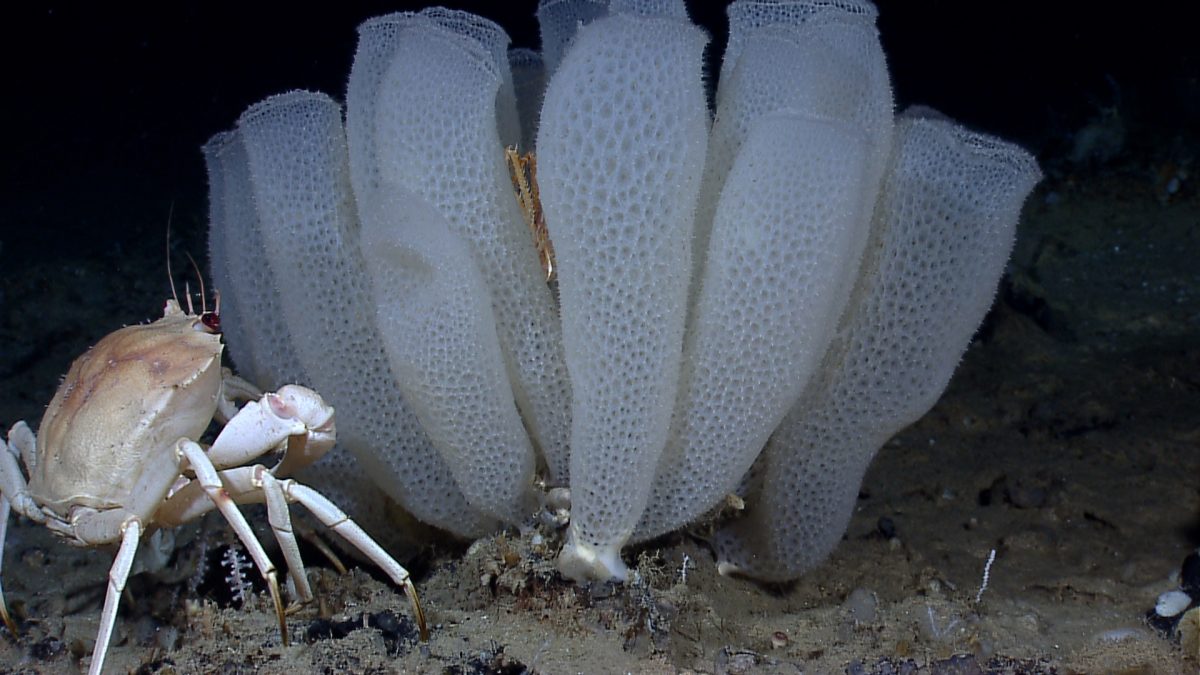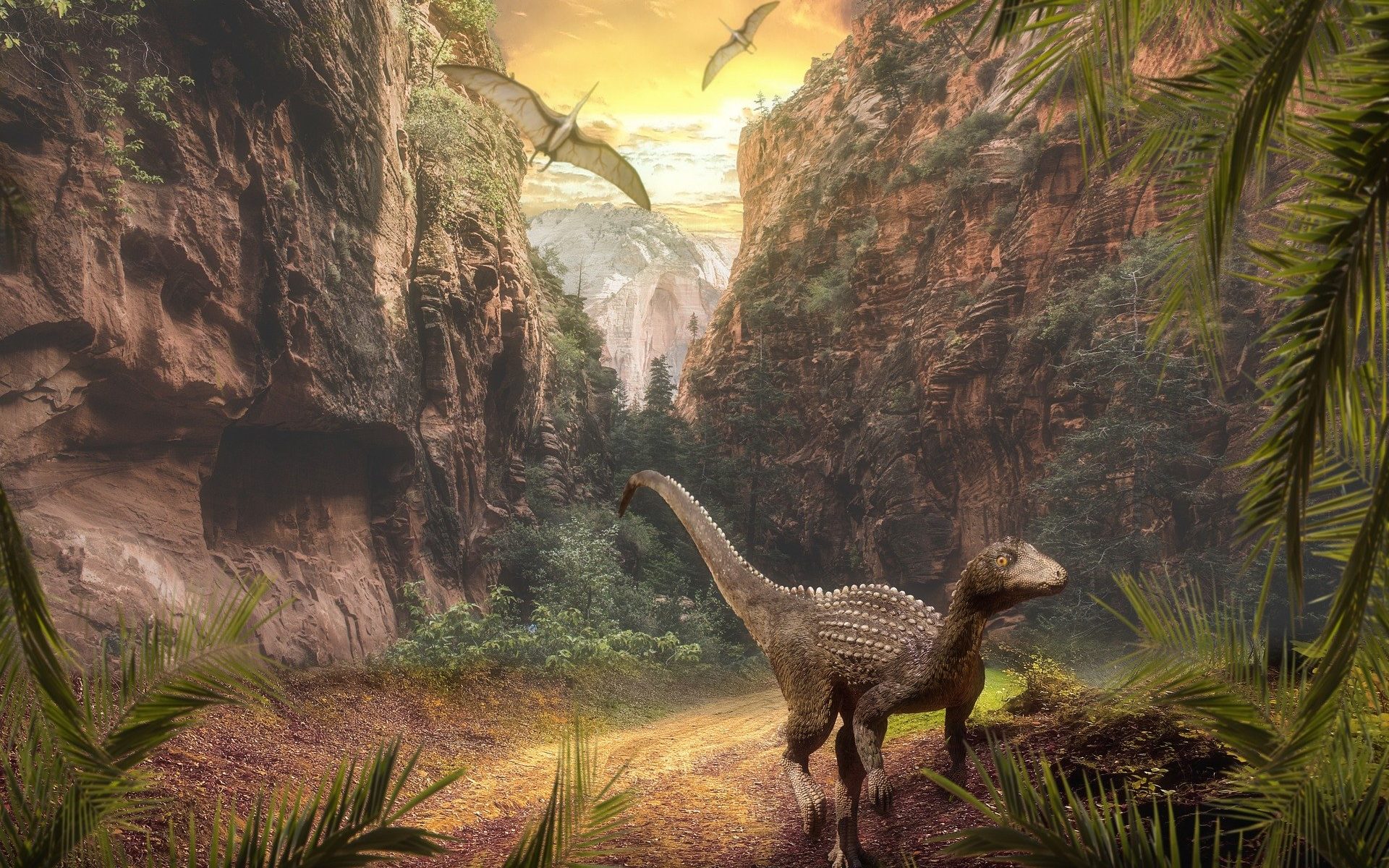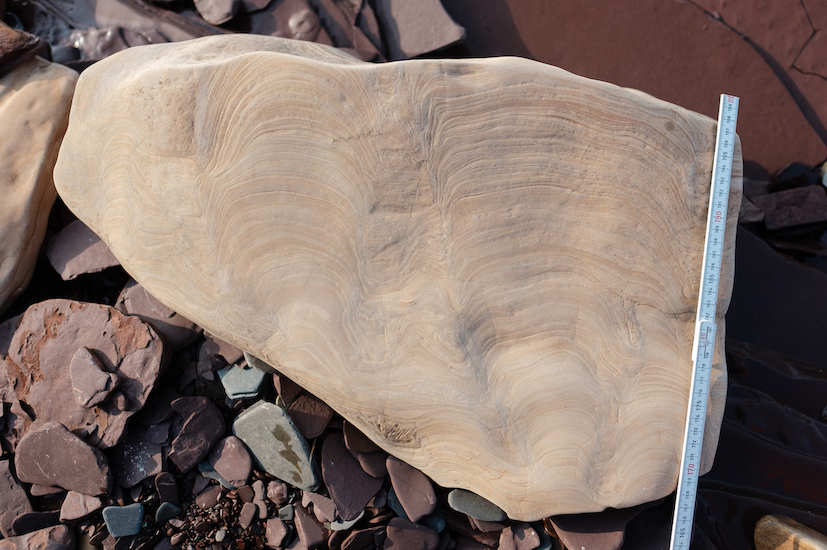Featuring image: Venus flower basket glass sponges (Euplectella aspergillum) in the Gulf of Mexico. NOAA Okeanos Explorer Program – Gulf of Mexico 2012 Expedition, CC-BY-2.0
Authors: Y. Pei, H. Hagdorn, T. Voigt, J.-P. Duda, J. Reitner
The Permian-Triassic crisis was the greatest mass extinction in Earth’s history. But an unlikely animal might have benefited from this cataclysm: the sponge.
Microbial mats like stromatolites represent the lithified remains of different slimy accumulations of microorganisms. While there are many different types, Pei and co-workers investigated a special type of microbial mats with a very different internal structure, called microbial-metazoan build-up, mainly consisting of sponges. By comparing these fossil structures to common stromatolites from the Permian-Triassic boundary, the researcher team could show that sponges profited from the mass extinction with the aid of bacteria.
Continue reading “The rise of Sponges”



